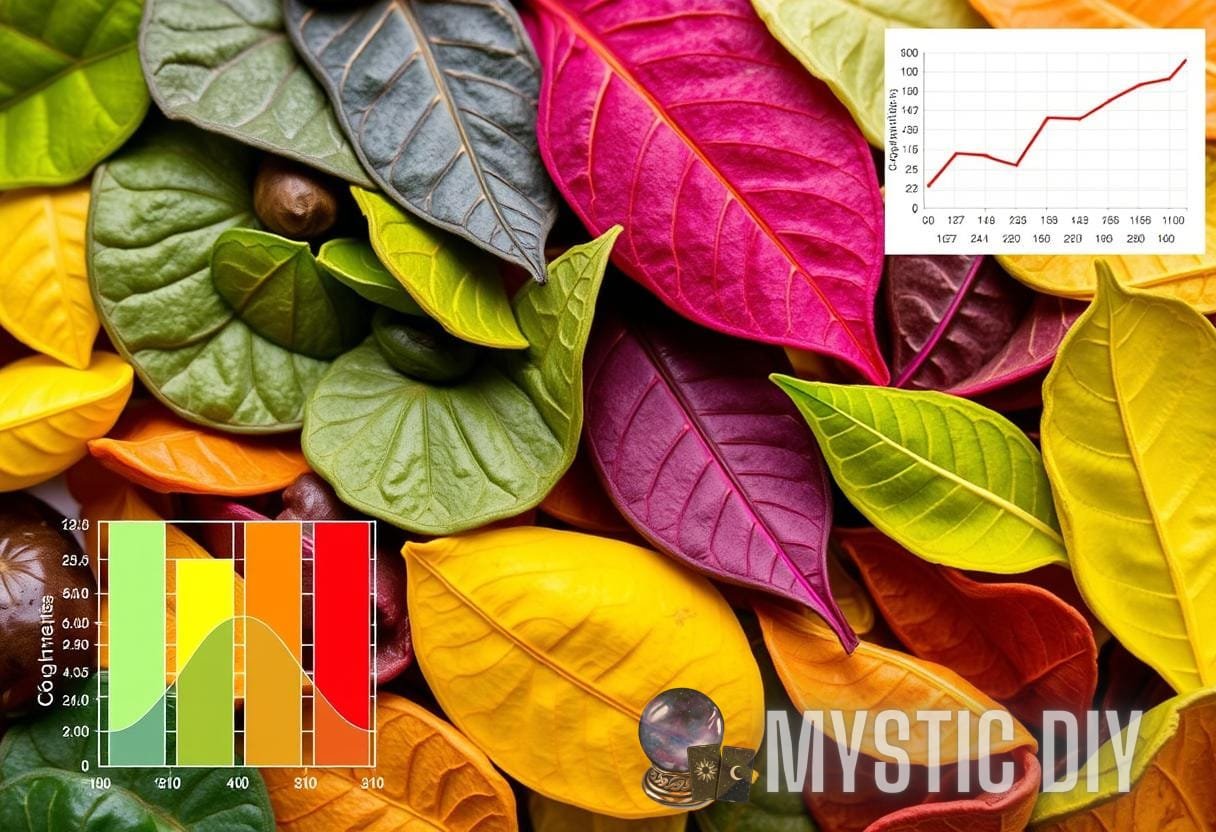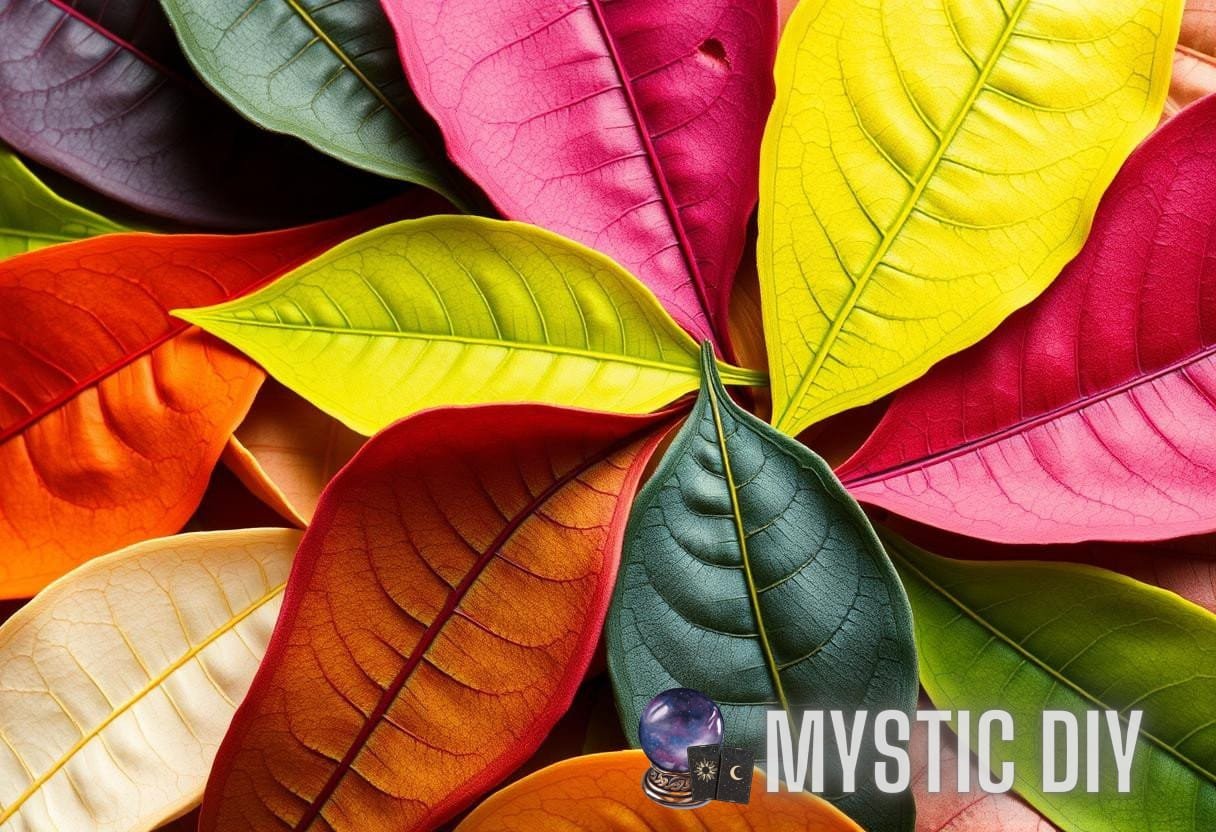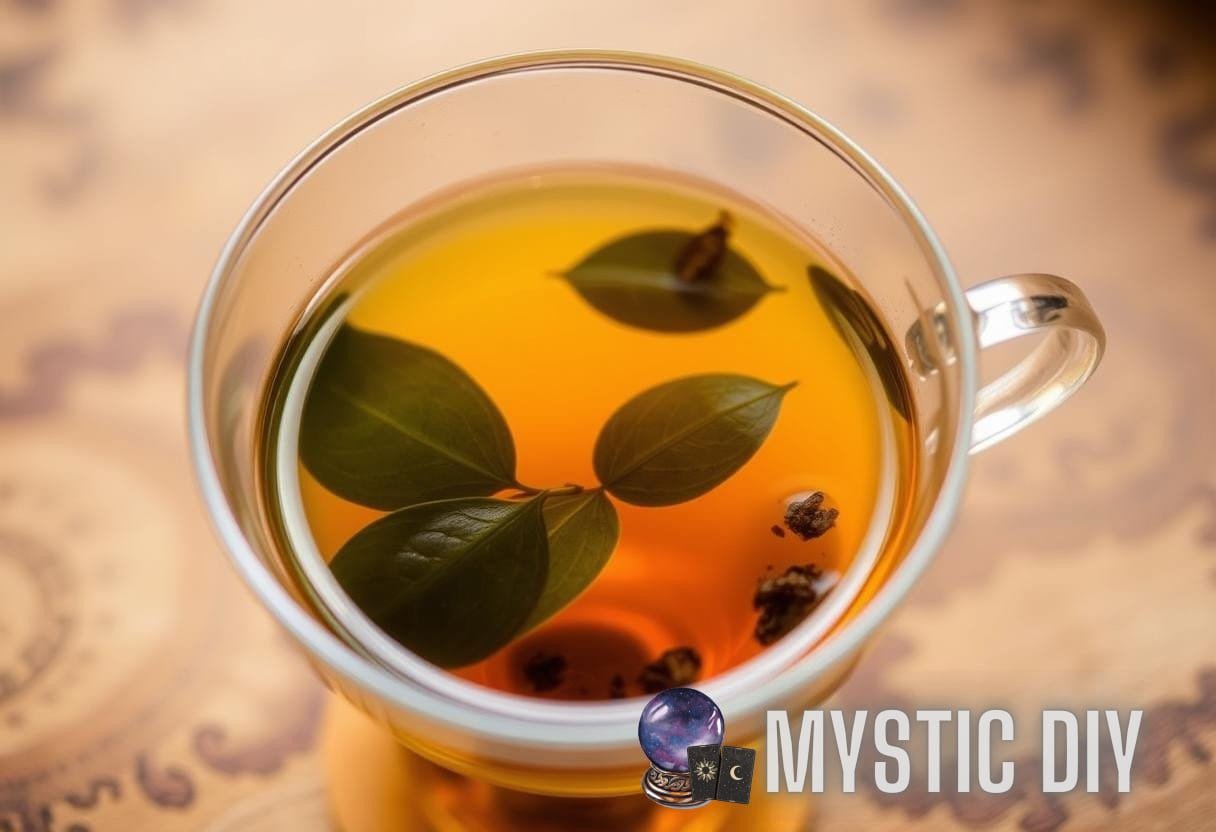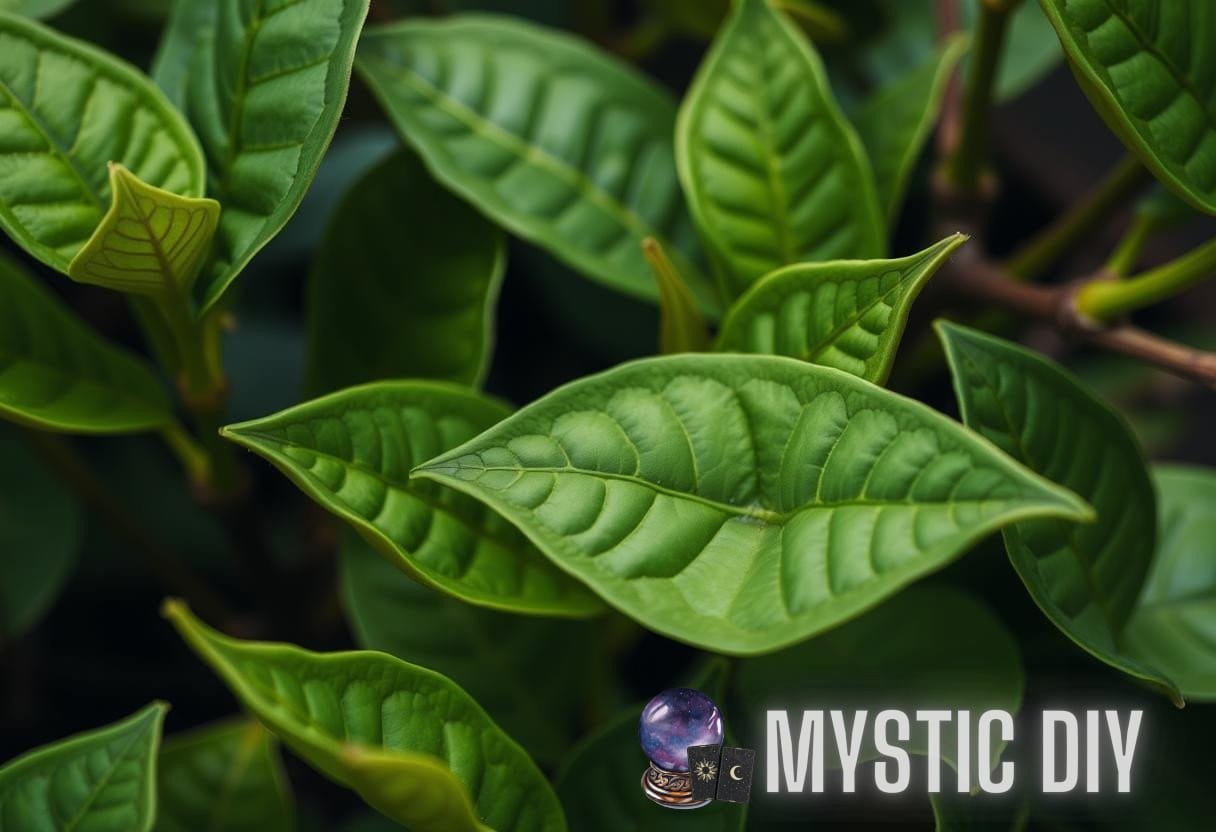Nature’s Palette: Investigating the Colorimetric Patterns and Insights of Tea Leaf Composition
The world of tea is a vibrant and intricate one, marked by the diverse hues of tea leaf colors that contribute not only to the aesthetic appeal of the beverage but also to its flavor profile and health benefits. Understanding the science behind these colors offers valuable insights into the chemical composition and cultivation processes of tea.
The Significance of Tea Leaf Colors
Tea leaf colors are not just mere visual attributes; they are indicative of a variety of factors that influence the characteristics of the tea. The dominant pigments in tea leaves, such as chlorophyll and carotenoids, play critical roles in photosynthesis and secondary metabolism. Here’s a summary of how these colors impact tea:
- Flavor Profile: The specific tea leaf colors can indicate the flavor and aroma characteristics present in the brewed tea.
- Nutritional Value: Colors often correlate with the presence of bioactive compounds, which contribute to the health benefits of tea.
- Market Perception: Certain hues are associated with high-quality teas, affecting consumer preferences and marketability.
The Chemistry Behind Tea Leaf Colors
Tea leaf colors result from the presence of various pigments, primarily chlorophyll (green), flavonoids (yellow to red), and anthocyanins (blue to purple). Each pigment offers insights into the plant’s physiology and environmental conditions:
- Chlorophyll: The primary pigment responsible for the green color, chlorophyll content is crucial for photosynthesis and can affect the bitterness and astringency of the tea.
- Carotenoids: Contributing yellow, orange, and red hues, carotenoids are associated with antioxidant properties and have been linked to various health benefits.
- Anthocyanins: These pigments give rise to blue and purple colors, primarily found in specific cultivars and are often linked to higher antioxidant levels.
Colorimetric Analysis in Tea Leaf Research
Colorimetric analysis is an essential part of scientific research into tea leaves. This process allows researchers to quantify the presence of different pigments and analyze their variations across diverse tea cultivars or processing methods. Here are the common methods used:
- Spectrophotometry: This technique measures the absorbance of different wavelengths of light, providing a quantitative assessment of pigments in tea leaves.
- High-Performance Liquid Chromatography (HPLC): HPLC is used to separate and identify individual pigment compounds, offering detailed insights into tea leaf composition.
- Colorimetric Sensors: Recently developed colorimetric sensors can rapidly assess pigment levels in tea leaves, aiding quality control in production environments.
Influence of Environmental Factors on Tea Leaf Colors
The colorimetric patterns in tea leaves are influenced by various environmental factors during growth and cultivation. These factors encompass soil type, climate, and cultivation practices, which can all affect pigment development:
- Soil Composition: Nutrient-rich soils tend to produce greener, healthier leaves due to higher chlorophyll content. Research shows that specific microelements like nitrogen and magnesium influence chlorophyll levels significantly.
- Climate and Sunlight: Variations in sunlight exposure lead to differences in pigment synthesis. Shade-grown teas tend to be richer in chlorophyll, yielding a more intensive green color.
- Harvesting Time: The time of harvest affects both the color and biochemical properties of the tea leaves. Early spring leaves, for example, may be lighter and more fragrant compared to later harvests.
Case Studies: Analyzing Different Tea Types by Color

To illustrate the complex interplay of color and quality in tea, we can examine popular tea types and their associated colors:
- Green Tea: Characterized by its vibrant green color, green tea is minimally oxidized. The high chlorophyll content may enhance its antioxidant properties, contributing to its numerous health benefits.
- Oolong Tea: Oolong ranges in color from green to dark brown due to partial oxidation. The diverse hues indicate the complexity of its flavor profile, heavily influenced by processing styles.
- Black Tea: With a rich, dark color resulting from full oxidation, black tea presents robust flavors, often accompanied by a hint of sweetness attributed to the sugar compounds formed during oxidation.
The Role of Processing Techniques on Tea Leaf Colors
The processing techniques employed in preparing tea can dramatically impact its color. Each method can enhance or diminish specific pigments, thus altering the final appearance as well as flavor:
- Steaming: Commonly used in Japanese green tea production, steaming helps preserve the bright green color by preventing oxidation.
- Pan-Firing: Used in some Chinese green teas, pan-firing alters the pigment content, resulting in varying shades of green-yellow.
- Fermentation: In black tea, fermentation leads to darkening of the leaves and the development of complex flavor profiles.
Health Implications of Tea Leaf Colors
The bioactive compounds associated with different tea leaf colors also confer various health benefits. Understanding these implications can aid in selecting the right tea for specific health goals:
- Antioxidant Benefits: The flavonoids present in colored tea leaves can help combat oxidative stress and inflammation.
- Heart Health: Regular consumption of teas, especially green and black, has been linked to decreased risks of cardiovascular disease.
- Cognitive Benefits: Certain compounds found in dark teas may have neuroprotective effects, potentially reducing the risk of neurodegenerative diseases.
Consumer Perceptions and Preferences
Consumer preferences for tea leaf colors often correlate with perceived quality and flavor. Studies indicate that:
- Bright Green Teas: Often viewed as fresher and higher in quality.
- Deep Amber or Dark Teas: Associated with stronger flavors, frequently preferred in certain markets.
- Aesthetics in Marketing: The color of the tea leaves prominently influences packaging and branding strategies among tea producers.
Conclusion: The Future of Tea Leaf Color Research
As the tea industry continues to evolve, ongoing research into tea leaf colors and their implications will be vital. Advancements in agricultural practices, along with innovations in processing techniques, have the potential to further enhance the quality and health benefits of tea. Understanding the multifaceted nature of tea leaf colors will not only contribute to consumer education but also open avenues for developing new tea varieties that cater to health-conscious consumers. For further reading on the intricate world of tea and its benefits, consider exploring Tea Leaves and National Nutrition Guidelines.



